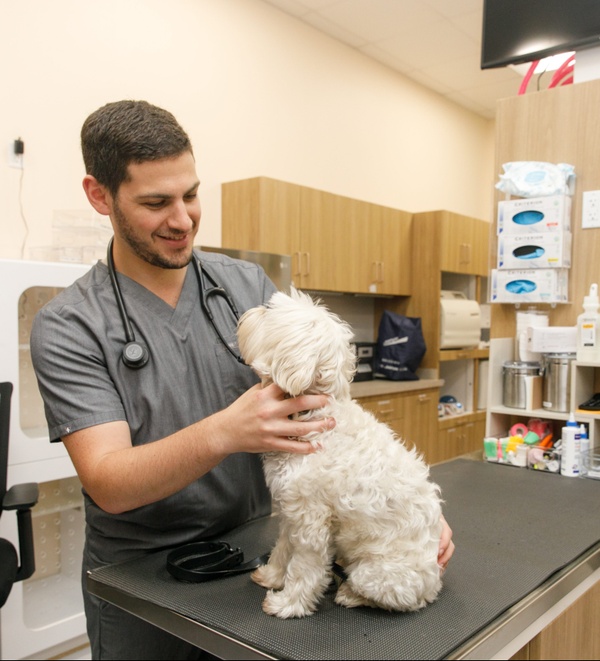
Urgent Care Vs. Emergency Care: How to Know the Difference
When your pet is sick, injured, or just off enough that you know that something isn’t quite right, it can be difficult to tell whether the situation requires immediate medical attention. Of course, some signs are clearer than others—think bleeding, open wounds, or continuous vomiting—but not all conditions are as obvious.
So, what’s the difference between urgent and emergency care? The answer isn’t always clear-cut, but generally speaking, emergency care is required for any life-threatening injury or illness that requires immediate hospitalization. Urgent care falls between emergency care and regular vet visits, in the somewhat nebulous area of “I know something’s wrong with my pet and it needs to be checked out by a vet ASAP.”
If you’re ever in doubt about what qualifies for urgent versus emergency care, just contact us and we’ll help you figure it out. In the meantime, read on for a working list of pet ailments that can help you make a call in your care decision.
Urgent care
Again, urgent care should be sought for issues that need immediate medical attention but aren’t necessarily life-threatening. These may include:
Bite wounds
Diarrhea or vomiting
Bloat
Constipation
Dehydration
Itchy skin or rashes
Wound treatment
Hair loss
Pain or limping
Overgrown nails
Changes in behavior
Loss of appetite or overeating
Cuts and abrasions
Scooting
Eye issues (tearing, redness, discharge)
Ear infections
Pale gums
Runny nose, coughing, or sneezing
Worms, fleas, ticks, or mites
Urinating blood
Urinary changes
Toxin ingestion (both poisons and food not suitable for your pet)
Consuming a foreign body (toy, rawhide, etc.)
Emergency care
The bright-line rule is that if your pet is experiencing a life-threatening crisis that requires immediate hospital attention, they need emergency care:
- Collapse or loss of consciousness
- Paralysis
- Seizures
- Choking
- Excessive bleeding
- Severe or persistent diarrhea or vomiting
- Fractures
- Penetrating wounds
- Allergic reactions
- Heatstroke
- Stopped breathing
- Cardiac arrest
- Trauma or accident, such as falling or being hit by an object or car
- Distressed mother in labor/inability to deliver kittens or puppies
Additional Resources
The American Veterinary Medical Association (AVMA) has supplementary information on pet first aid, as well as a downloadable guide of helpful tips.
Remember, you know your pet better than anyone else. If you notice changes in their behavior or patterns and sense that they’re acting unusual, you may be detecting the first signs of a health issue. Depending on the situation, you can consult your regular vet or visit urgent or emergency care.
Sources: